Find common ground
Vu Gia - Thu Bon is one of the 10 largest river basins in Vietnam and has the largest average rainfall in Vietnam. However, in reality, water resources in the basin are not abundant because it always faces many serious challenges causing water insecurity.
The uneven distribution of flow between the rainy and dry seasons and the increased impact of climate change mean that rainfall is forecast to increase in the rainy season and decrease in the dry season. This is accompanied by the process of salinization, coastal erosion, flooding and riverbank erosion becoming more and more complex than before.
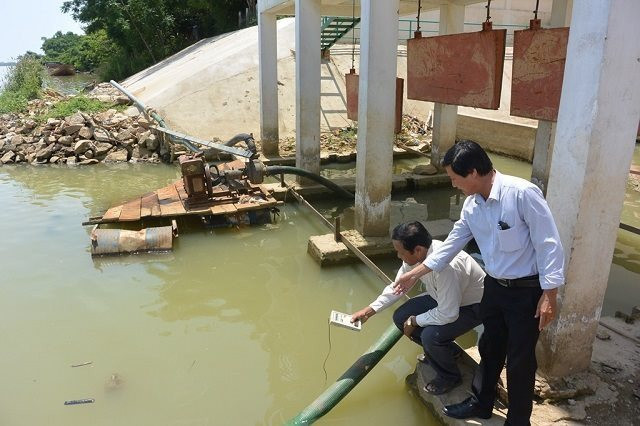
Socio-economic development along with urbanization, industrialization, and population growth increases the demand for water supply in both quantity and quality, increases waste discharge activities, especially untreated wastewater according to technical standards... putting pressure on the quality of water sources to produce clean water for daily life.
More seriously, the construction of hydropower projects on the Vu Gia - Thu Bon River has led to severe salinity intrusion in the Vu Gia River downstream of Dak Mi 4 Hydropower Plant and An Trach Dam. This has led to water resource disputes between the two localities of Quang Nam, Da Nang and hydropower reservoir owners that have continued to occur over the past years every dry season.
From the above challenges, in December 2016, the Coordination Board for the Integrated Management of the Vu Gia - Thu Bon River Basin (hereinafter referred to as the Coordination Board) was established after an agreement between the People's Committee of Da Nang City and the People's Committee of Quang Nam Province. This Coordination Board has become a model of coordinated river basin management between the two localities, which has been highly appreciated by the Ministry of Natural Resources and Environment and many international organizations.
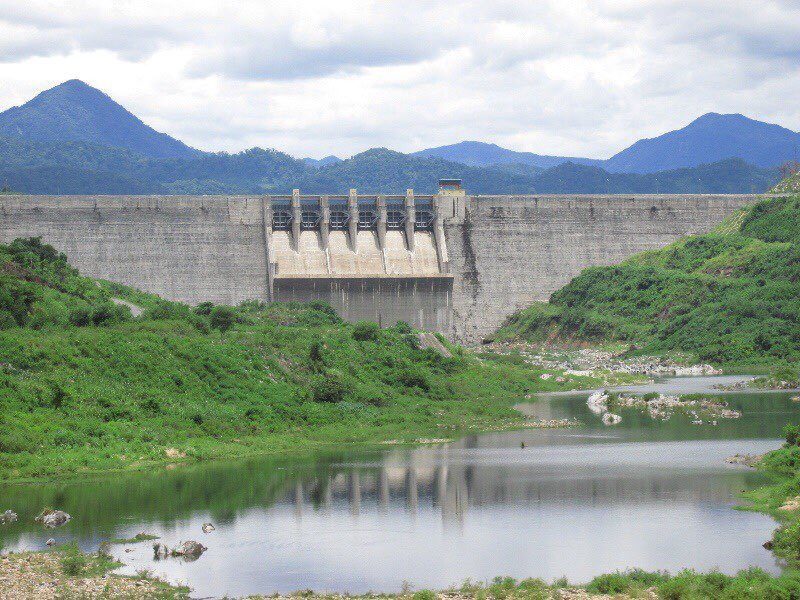
The outstanding achievement after the trial period is that the relevant parties of the two localities have found a common voice, closely coordinated in exploiting, using and protecting water resources in the Vu Gia - Thu Bon river basin. Thereby, significantly reducing tensions and disputes over water resources in the basin, promoting cooperation to exploit and use water resources in the basin effectively, economically, multi-purpose, harmonizing the interests of the parties, ensuring safe water supply until the end of the dry season and minimizing the damage caused by water.
The clearest evidence of the process of sharing water resources is the agreement of the two localities to build a temporary dam at the confluence of the Quang Hue River (in Quang Nam). This construction solution has increased the water source to the Vu Gia River, contributing to pushing back the salinity in the Cau Do River, ensuring water security for the downstream area of Vu Gia.
Since the Coordination Board was established with the consensus between the two localities, the Government has given the People's Committee of Da Nang City the right to decide on water discharge, ensuring water supply for Da Nang in the situation of "12 consecutive hours of salinity of Vu Gia River water at the water intake of Cau Do Water Plant being greater than 1,000 mg/liter".
Consider establishing a river basin management organization
After 5 years of trial operation (2017-2022), on September 11, 2023, Vice Chairman of Da Nang City People's Committee - Le Quang Nam and Vice Chairman of Quang Nam Provincial People's Committee - Ho Quang Buu continued to sign the "Agreement on coordination of integrated water resources management, environmental protection and response to climate change in the Vu Gia - Thu Bon river basin and the coastal area of Quang Nam - Da Nang in the coming time" to continue to establish a pilot inter-provincial and municipal institution for integrated management of the Vu Gia - Thu Bon river basin and the coastal area of Quang Nam - Da Nang.
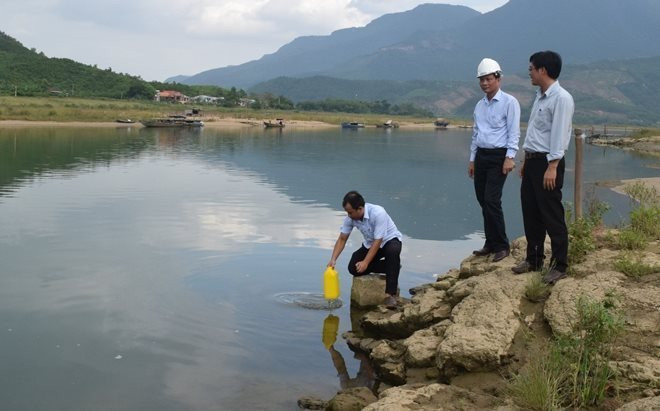
Mr. Nguyen Hong An - Deputy Director of the Department of Natural Resources and Environment of Da Nang City said that to legalize this model, the Department of Natural Resources and Environment proposed that the Ministry of Natural Resources and Environment consider establishing an organization for integrated water resources management in the Vu Gia - Thu Bon river basin so that the two localities have a basis to implement the next procedural steps according to regulations. At the same time, empower localities to decide on coordination on non-international river basins with the participation of relevant parties for proactiveness. In case the localities cannot reach an agreement, it will be submitted to the Ministry of Natural Resources and Environment for decision.
“In addition, it is necessary to force relevant organizations and individuals to take responsibility for participating in the construction or contributing funds to the construction and operation of a system of decision support tools to operate reservoirs and inter-reservoirs to ensure economical and effective water use.
Along with that, it is necessary to expand the scope of regulations on responsibility for contributing construction costs to respond to flow reduction, saltwater intrusion, drought and other risks causing water shortages in downstream areas related to the operation of reservoirs and inter-reservoirs," Mr. Nguyen Hong An suggested.
Sharing the same view, Vice Chairman of Quang Nam Provincial People's Committee Ho Quang Buu suggested that the Coordination Board soon advise the People's Committee of Da Nang City and the People's Committee of Quang Nam Province to soon issue a document jointly recommending the Ministry of Natural Resources and Environment to establish a Vu Gia - Thu Bon River Basin Management Organization according to the provisions of Clause 3, Article 5, Decree No. 02/2023/ND-CP dated February 1, 2023 of the Government detailing the implementation of a number of articles of the Law on Water Resources.
According to the Vice Chairman of the People's Committee of Quang Nam province, this is a quite important requirement, in the context of a river basin but the hydroelectric water source is managed by the Ministry of Industry and Trade, the irrigation water source is managed by the Ministry of Agriculture and Rural Development, and the normal flowing water source is managed by the Ministry of Natural Resources and Environment.
“We need a clear organization to manage, take responsibility for and regulate the entire river basin. In some countries in the world, one river is managed by one company. Currently, our country does not have this model. The coordination board must advise on this matter,” Mr. Buu suggested.
“We highly appreciate the model of the Coordination Board for Integrated Water Resources Management of the Vu Gia - Thu Bon River Basin and the coastal area of Quang Nam - Da Nang. This is a good model. Although this model has not been included in the draft Law on Water Resources (amended), we will share information about this model during the explanation and acceptance process when talking about river basin management organization in the coming time,” said Nguyen Thi Le Thuy, Vice Chairwoman of the National Assembly’s Committee on Science, Technology and Environment.
Source





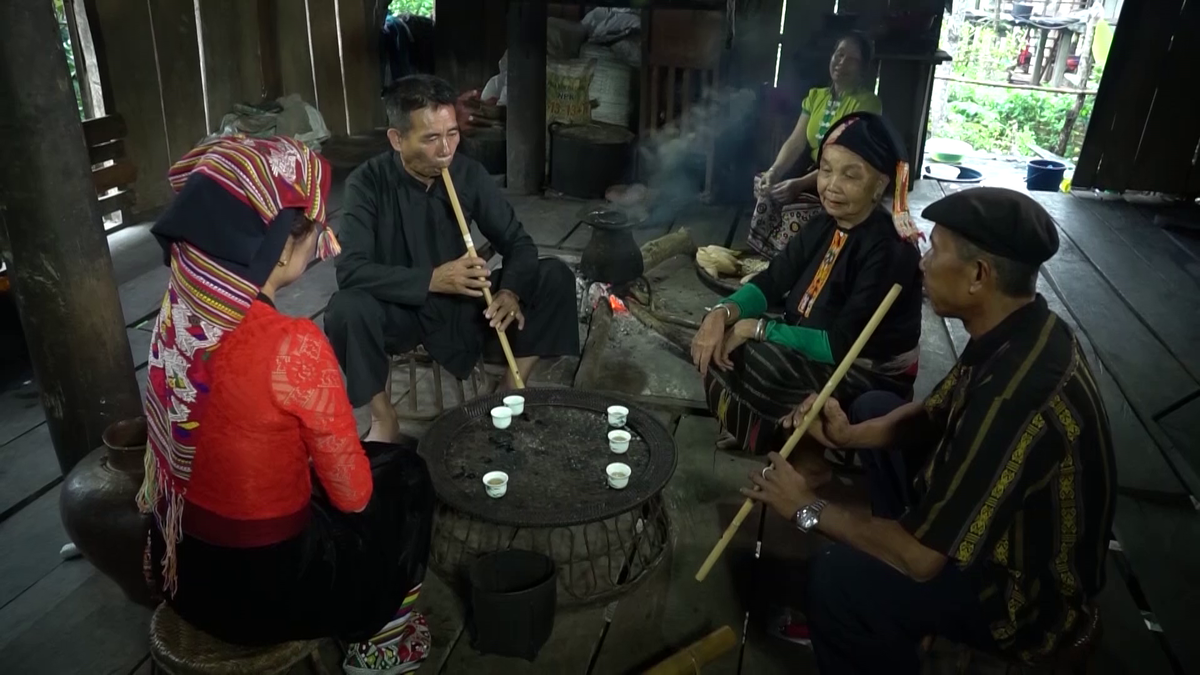
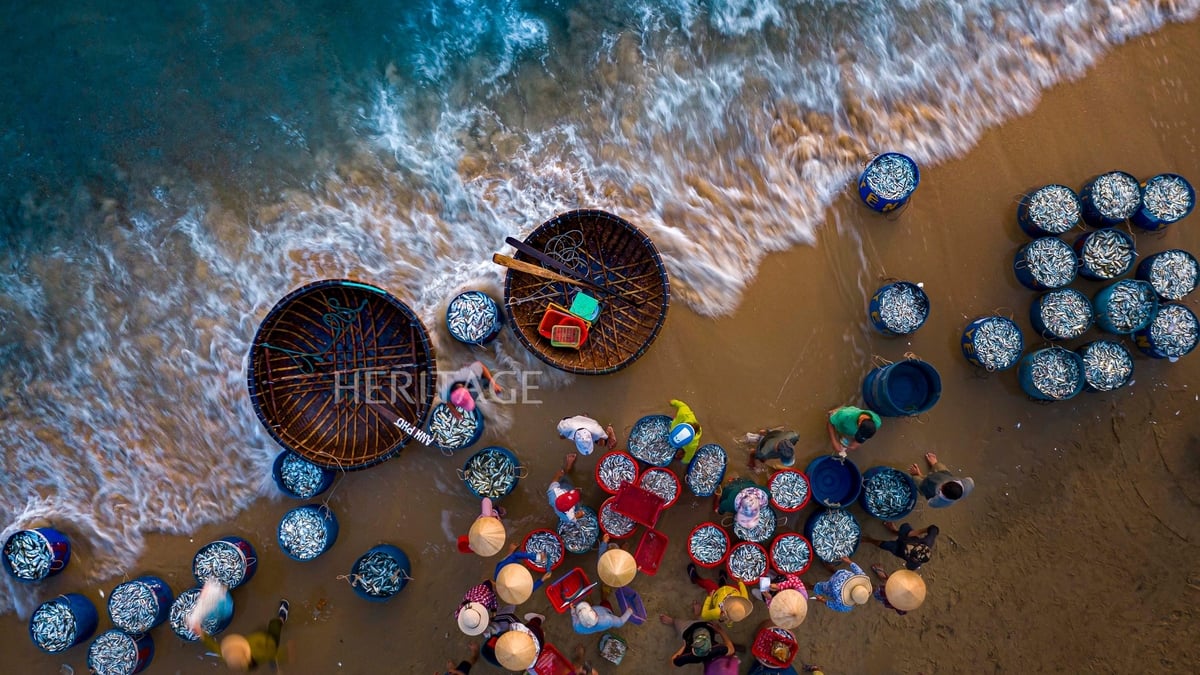
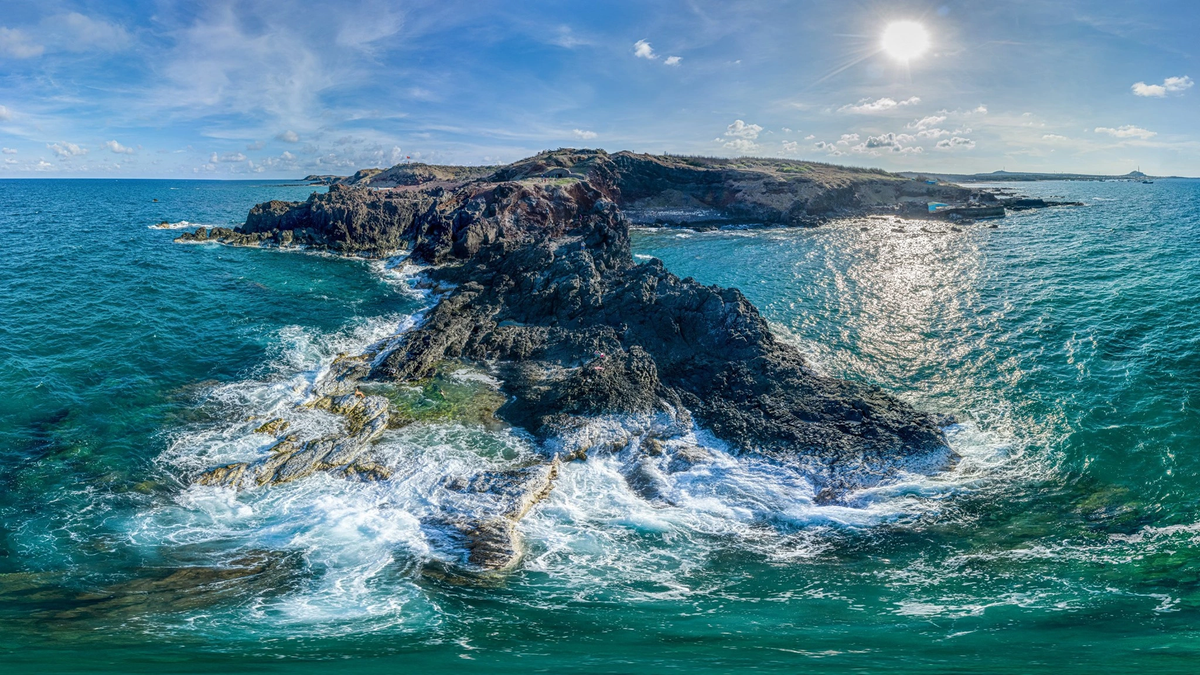


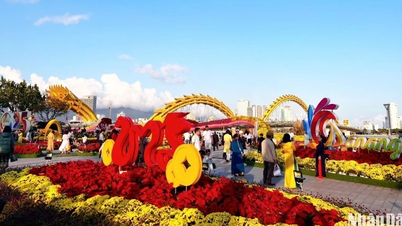
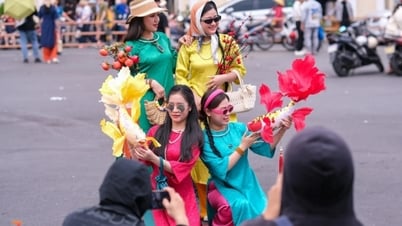
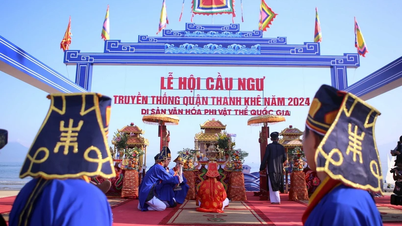
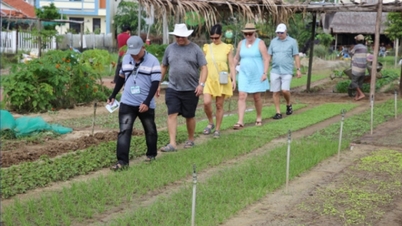
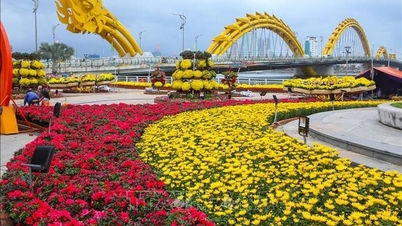
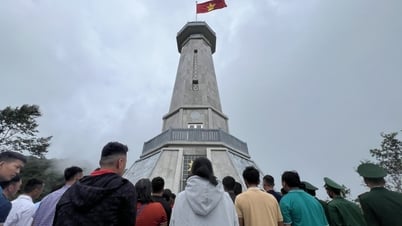

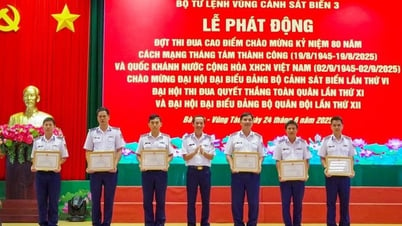

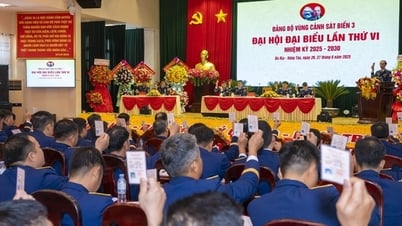
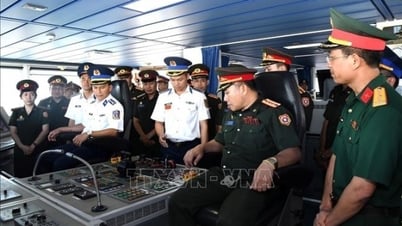

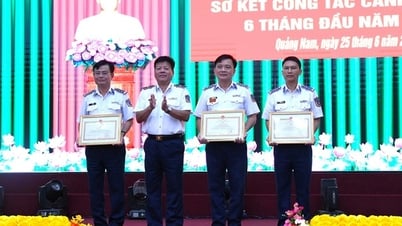
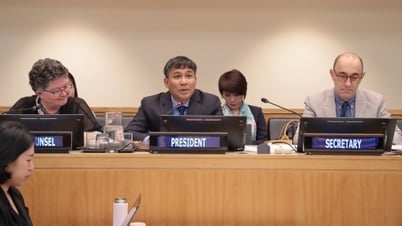




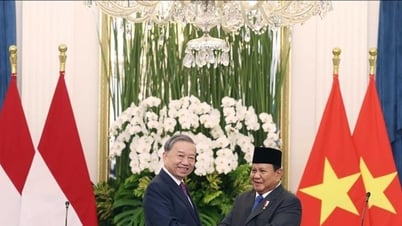
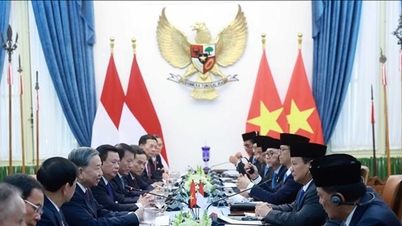

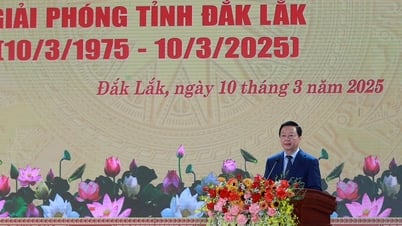
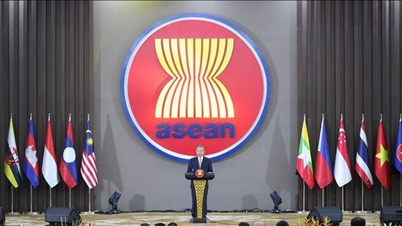
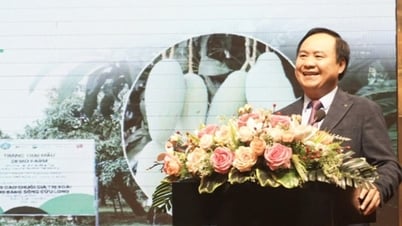

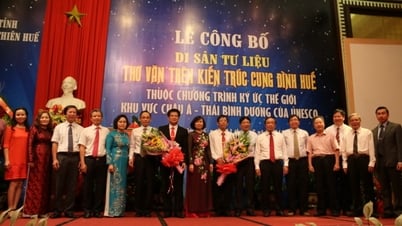

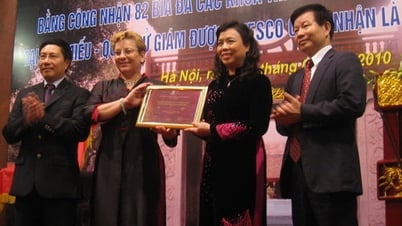

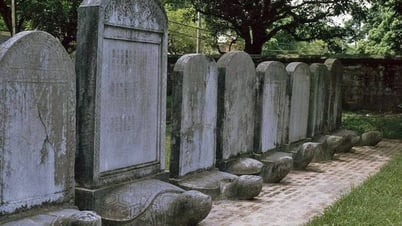

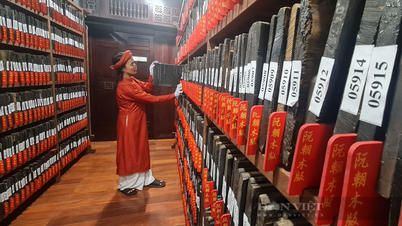



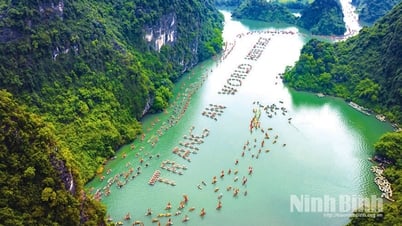

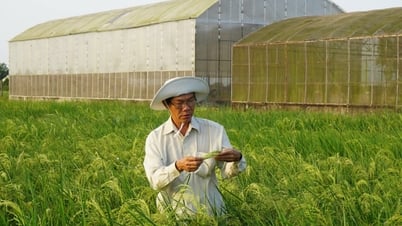

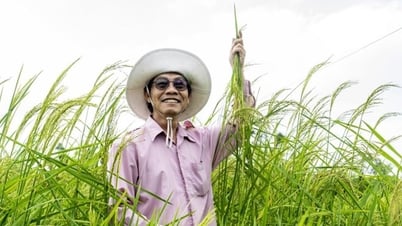

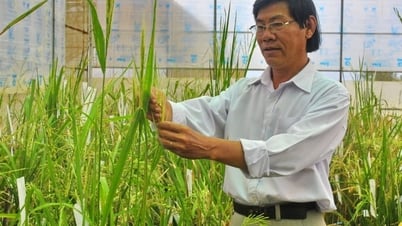

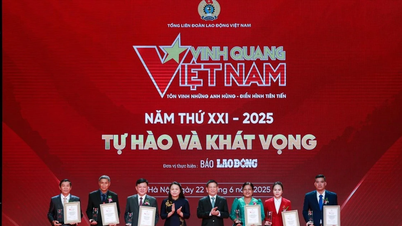

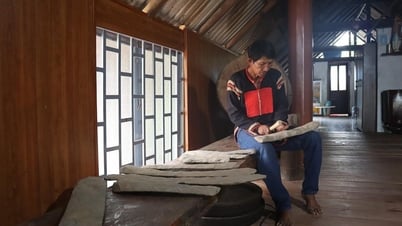

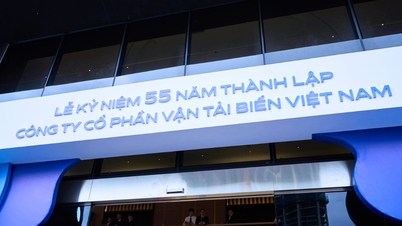

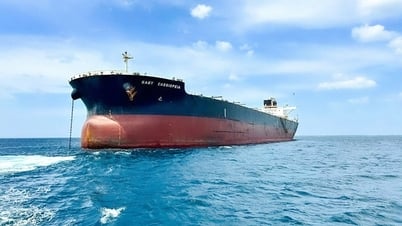
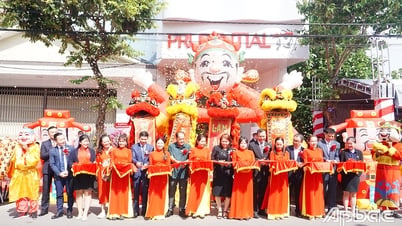



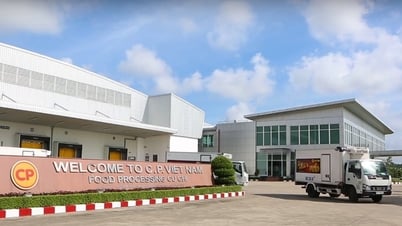


![[Photo] General Secretary To Lam attends the launch of 3 digital platforms serving the implementation of Resolution No. 57-NQ/TW](https://vphoto.vietnam.vn/thumb/402x226/vietnam/resource/IMAGE/2025/7/2/d7fb7a42b2c74ffbb1da1124c24d41d3)


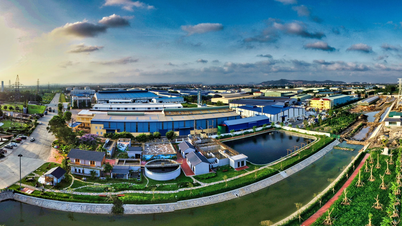

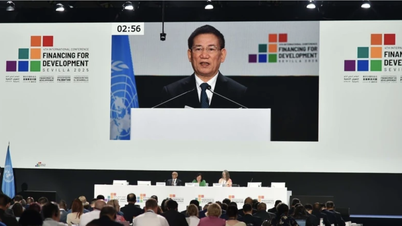

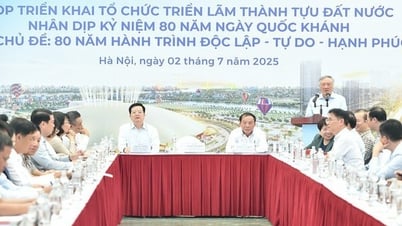
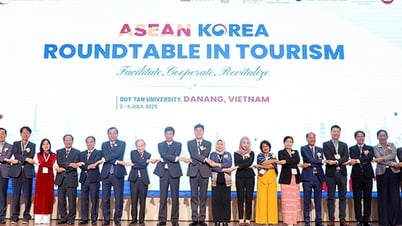

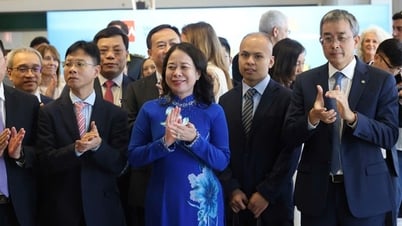


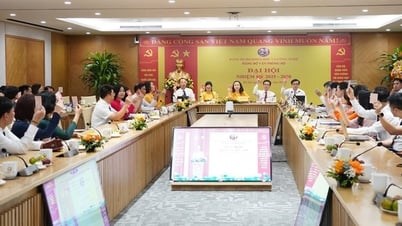


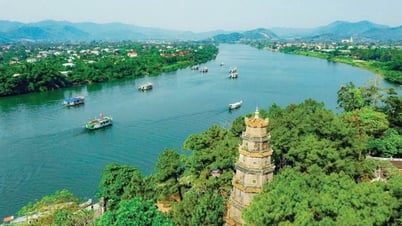

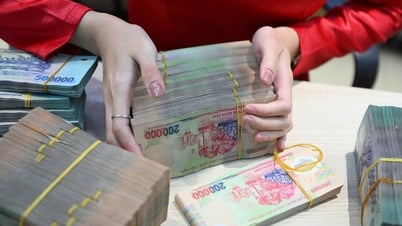



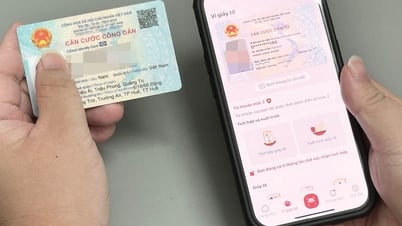
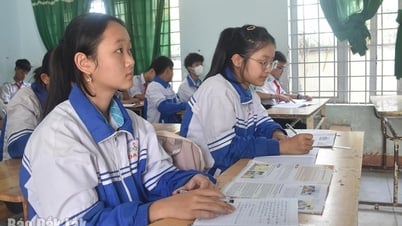
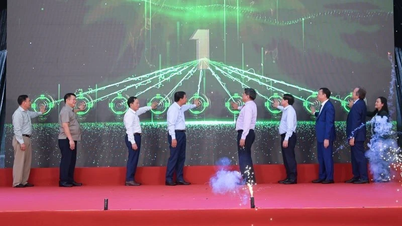
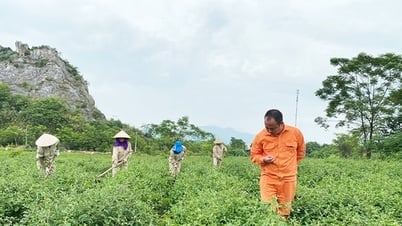








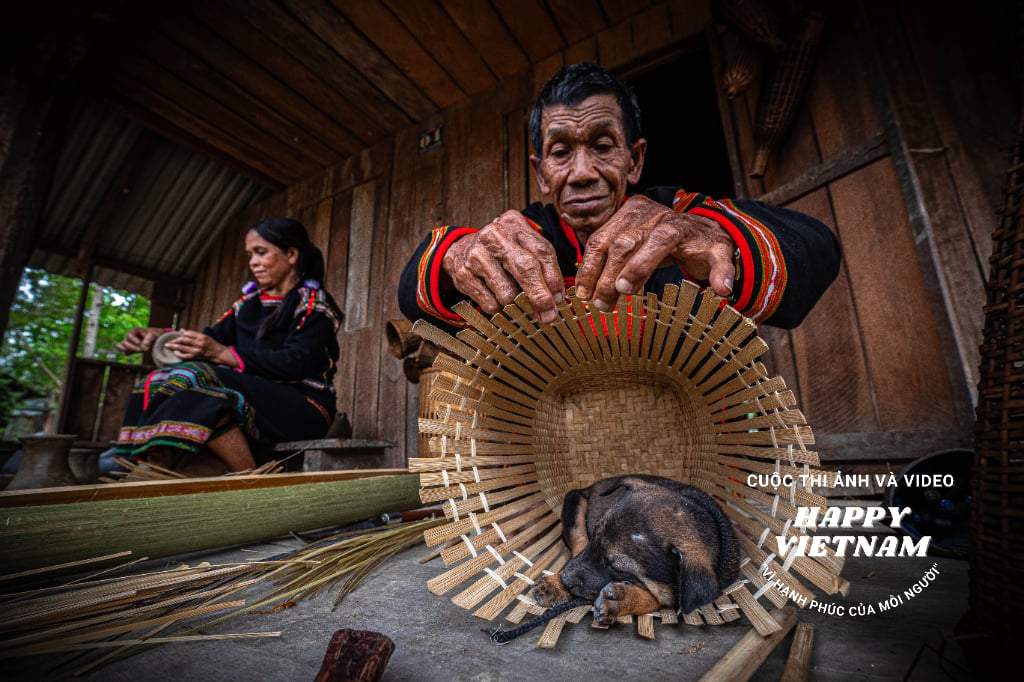



Comment (0)